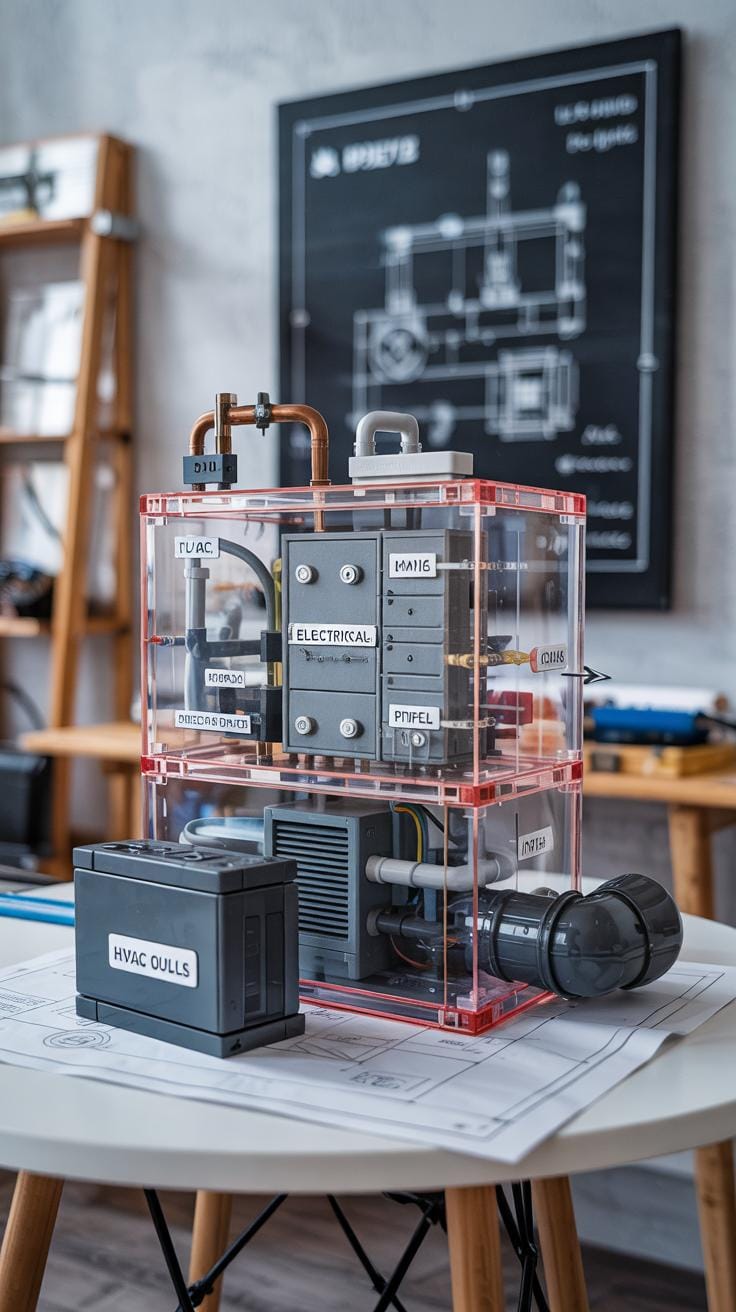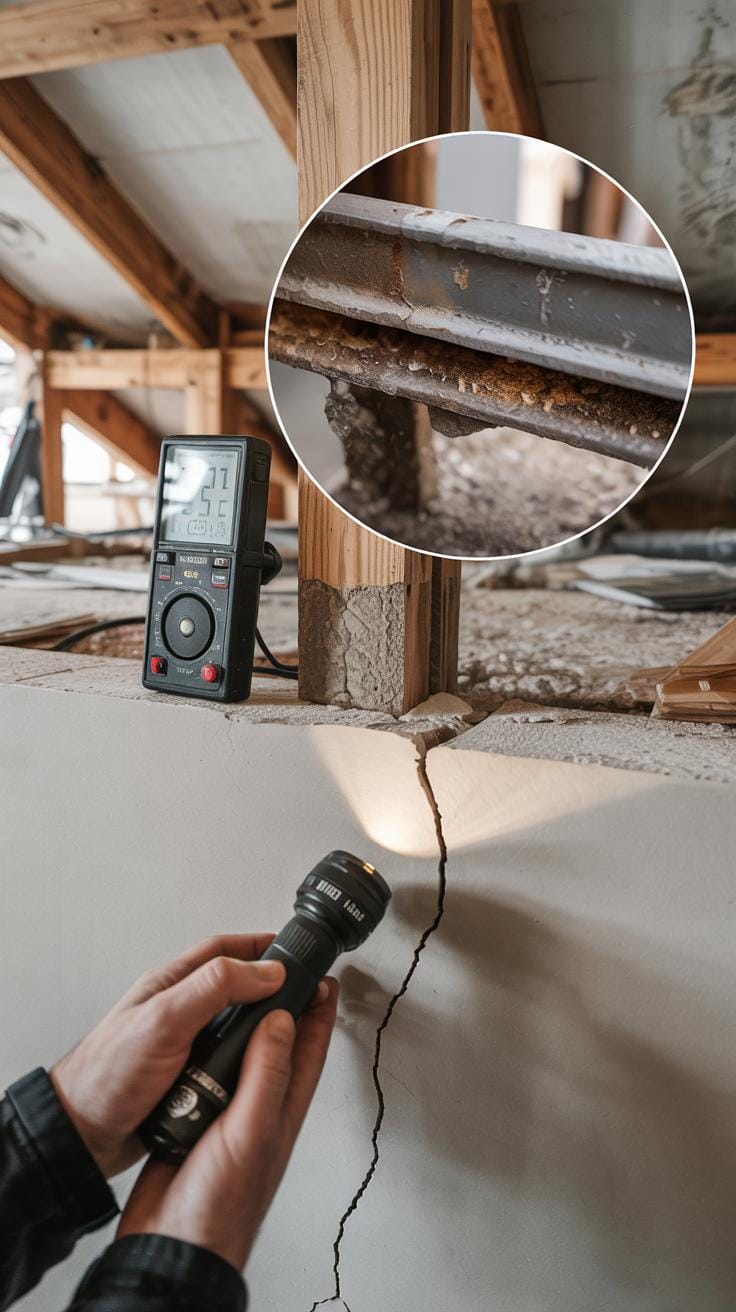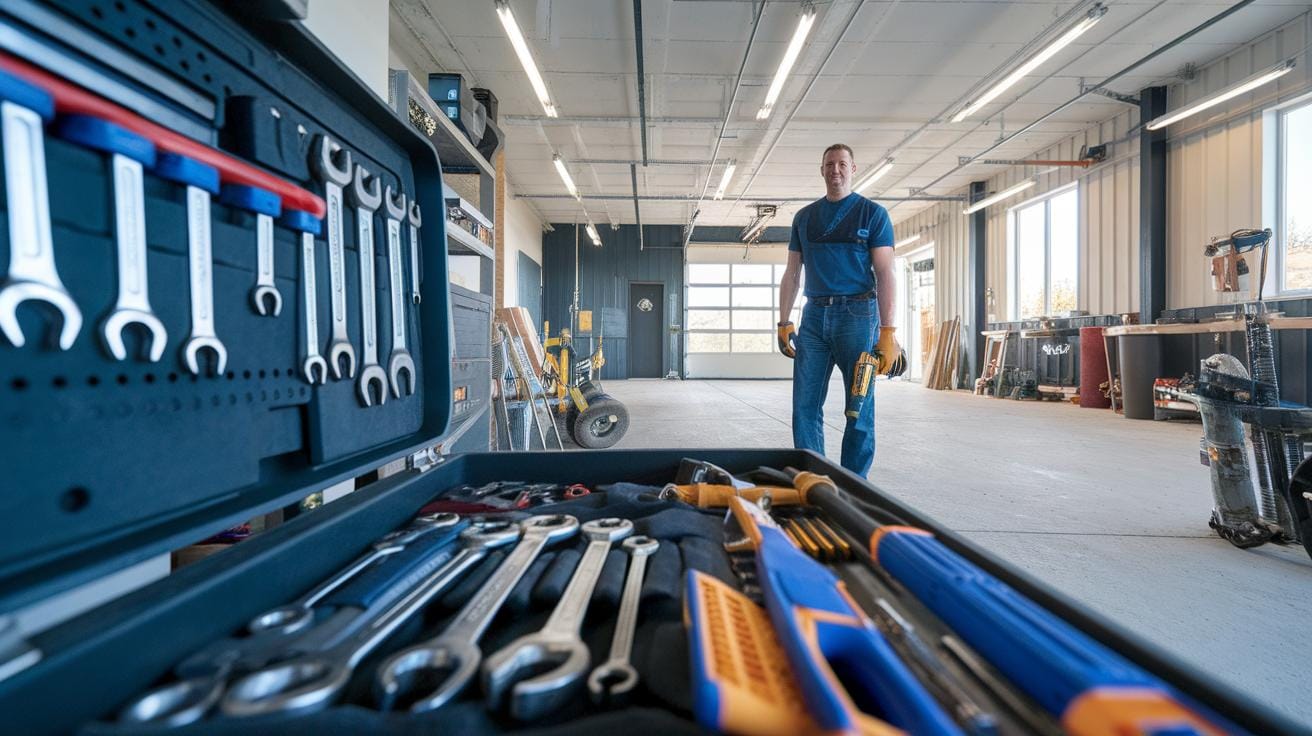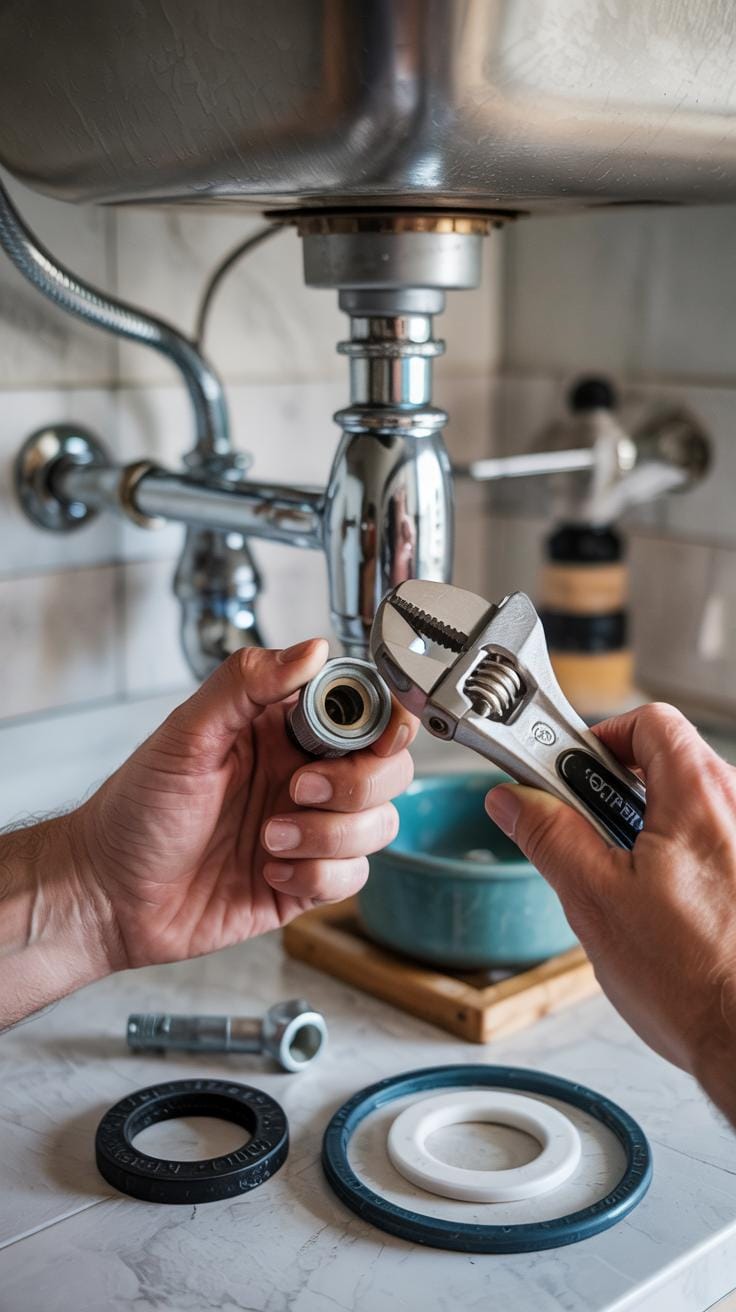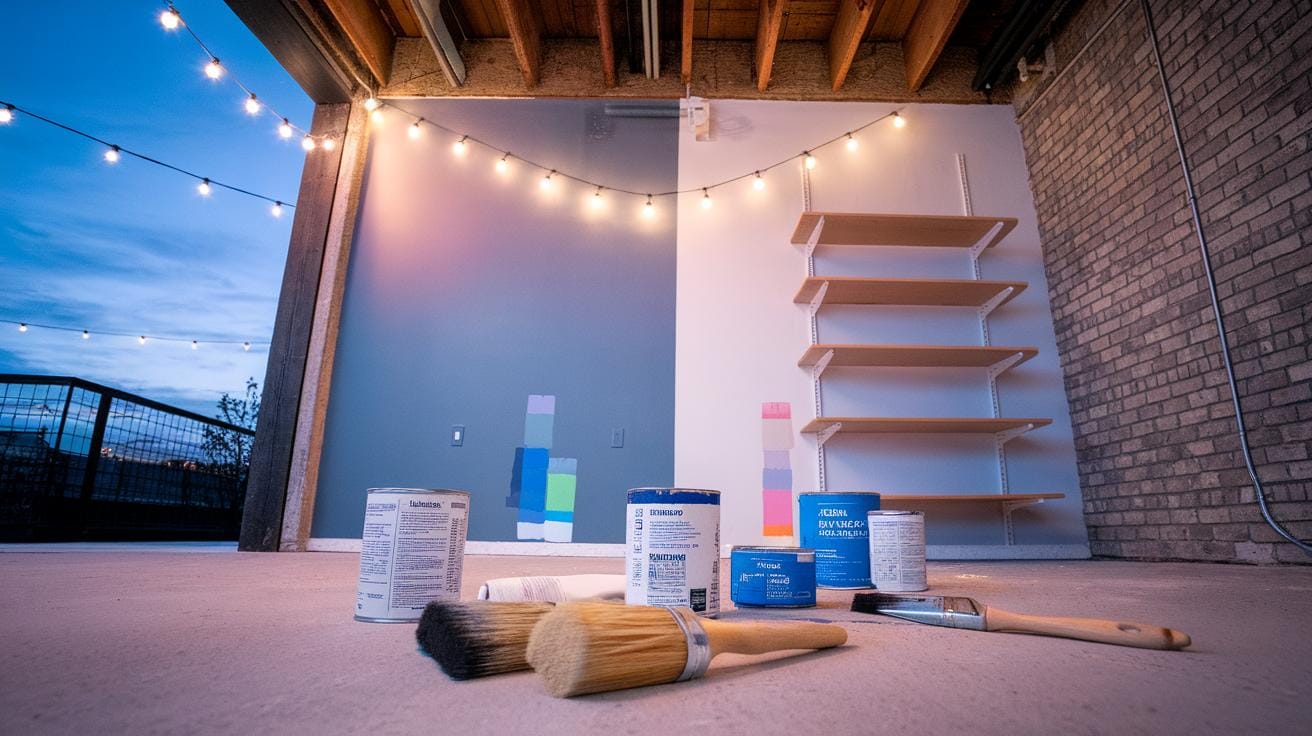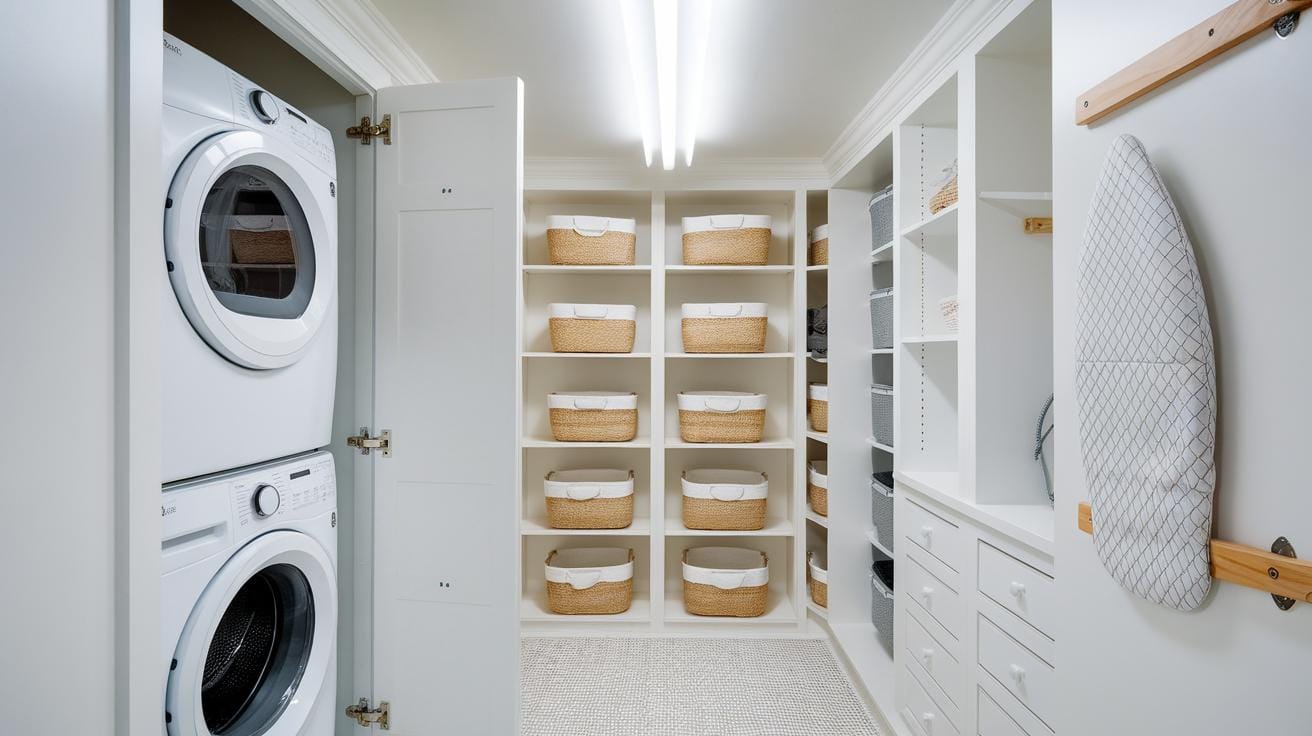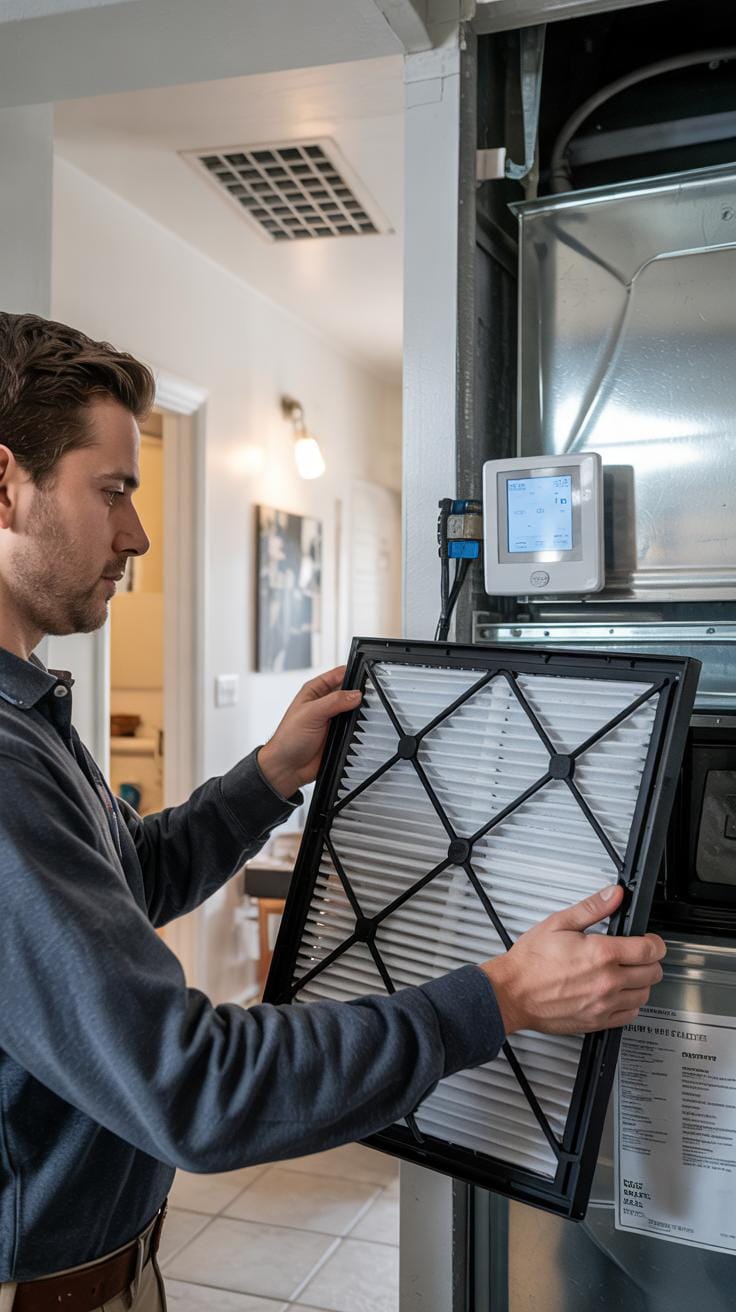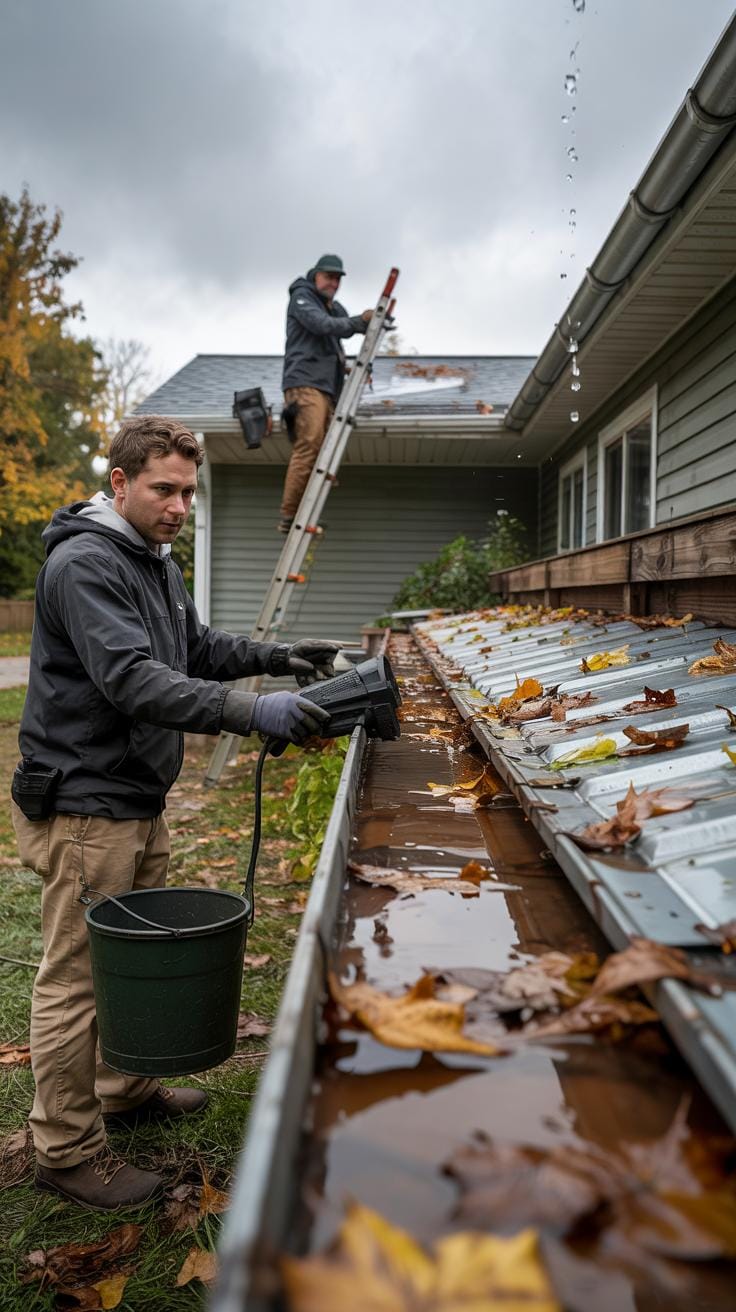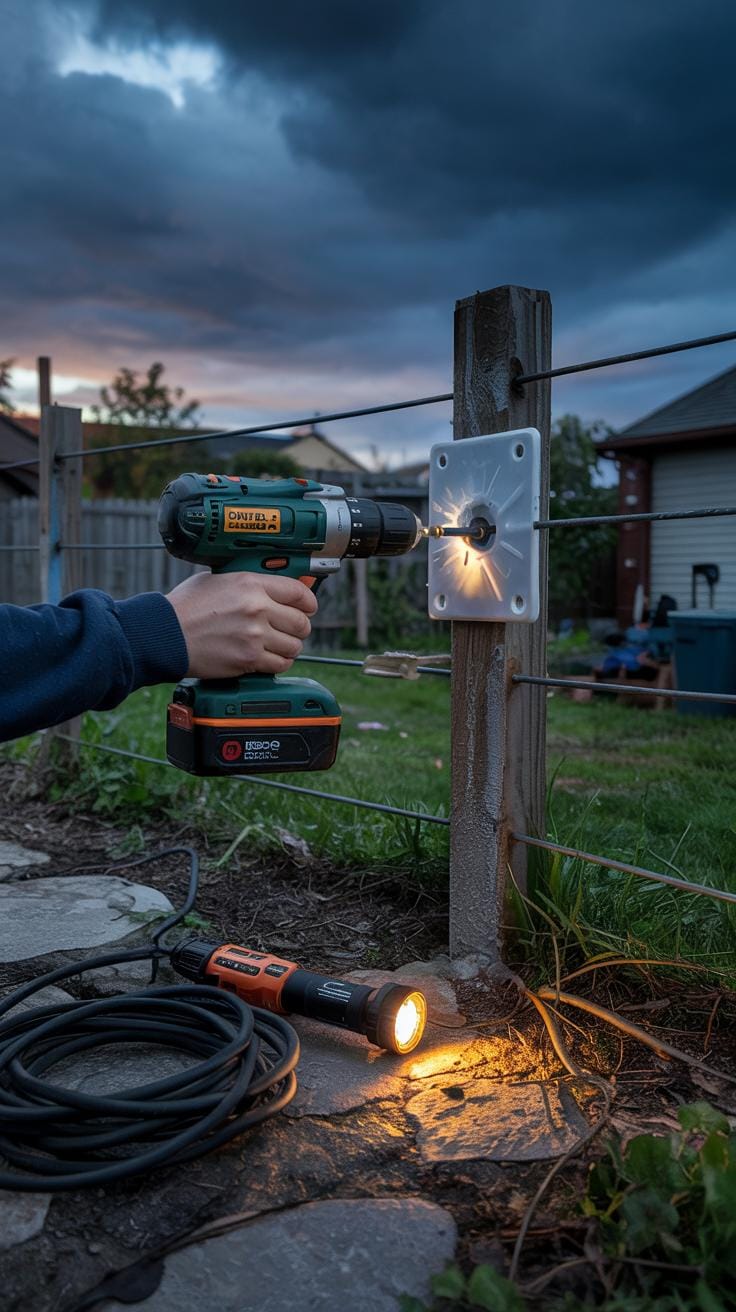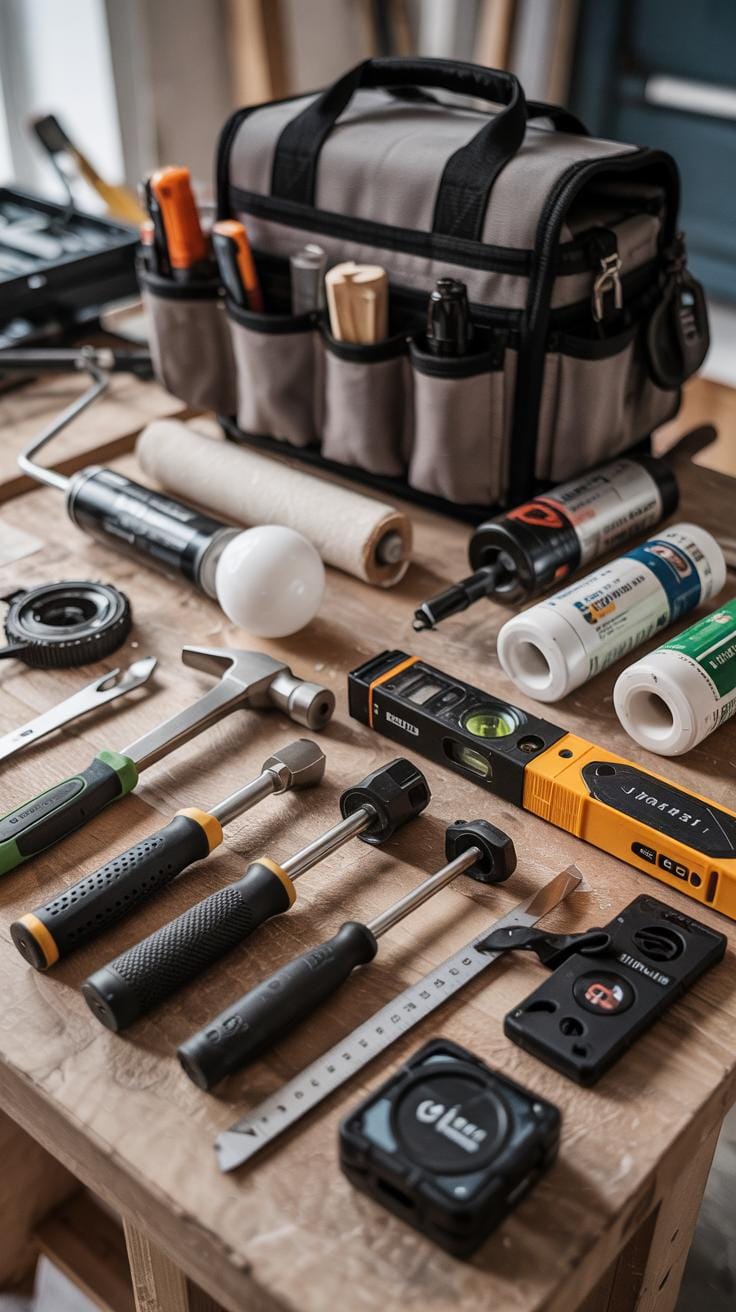Introduction
Taking care of your home can feel overwhelming at times. Regular maintenance helps avoid bigger, costlier problems and keeps everything running well. You don’t need to be an expert to handle many common repairs and upkeep tasks. Simple hacks can save you time, money, and stress. Knowing what to do can change your experience of home care.
This article will guide you through practical and easy home maintenance tips. You will learn how to identify issues early and apply clever solutions to prevent damage. These hacks are designed for everyday homeowners who want to protect their investment without complicated procedures. Think about the last time a household problem caught you off guard. How would it feel to manage those repairs efficiently and save resources?
Understanding Your Homes Key Systems
Your home’s plumbing, electrical, HVAC, and roofing systems work together to keep your house safe and comfortable. Each system has a specific job that affects your daily life.
Plumbing moves water through pipes, delivers hot water, and removes wastewater. Electrical systems power your lights and appliances. HVAC controls your home’s temperature and air quality. Roofing protects your house from weather.
Neglecting any of these parts can lead to big problems like leaks, fires, or poor air quality. Regular maintenance keeps everything running smoothly and helps you avoid costly repairs. For example, cleaning your HVAC filters extends the system’s life and lowers energy bills.
Think about what would happen if one system fails. How would it affect your home? Taking care of these essential parts now helps you prevent emergency breakdowns later.
Identify The Plumbing System Components
Your home’s plumbing consists of pipes, faucets, drains, and a water heater. Pipes carry water to sinks, showers, and appliances. Faucets control water flow, while drains remove used water. The water heater supplies hot water for daily use.
Leaks often start as small drips near faucets or pipe joints. You can spot them by checking for damp spots or unusual water bills. Clogs cause slow drains or backups and usually happen from hair, soap, or grease buildup.
Fixing leaks early can prevent water damage to walls and floors. Simple steps like not pouring grease down drains help avoid clogs. Regularly inspecting visible pipes can save you money and hassle.
Basics Of Electrical Maintenance
Keeping your electrical system safe involves checking outlets, switches, and circuit breakers regularly. Look for signs like flickering lights, buzzes, or outlets that feel warm. These can signal faults that need attention.
Turn off power when inspecting outlets, and avoid overloading circuits with too many devices. Breakers protect your home by shutting off power during problems. If breakers trip often, it may indicate an electrical issue.
Some tasks require expertise, so call a professional electrician if you see sparks, burning smells, or damaged wiring. Trying to fix complex electrical problems yourself could put you at risk.
Routine checks and knowing when to seek help keep your home safe and your electrical system functioning properly.
Detecting Early Signs Of Home Wear
Regular inspections help you catch small problems before they grow costly. Start by examining walls and ceilings for cracks or water stains that can hint at leaks or settling issues.
Carefully check floors for uneven spots or damage that could signal foundation shifts or moisture problems. Look closely at window and door frames for gaps or cracks that cause drafts and energy loss.
Finding mold or mildew, even in hidden corners, means moisture is trapped somewhere. Addressing these signs quickly prevents bigger repairs later on.
Ask yourself: Are there any unusual noises, smells, or changes in your home’s surfaces? Those might be signals demanding your attention.
Early detection saves you money and keeps your home safe and comfortable.
Perform Visual and Sensory Checks
Use your eyes to spot discoloration, cracks, or peeling paint. Bright light helps reveal subtle defects. Touch surfaces to find dampness or softness that signals hidden damage.
Smell the air for musty odors, which often show mold or mildew behind walls or under floors. A fresh scent usually means good ventilation.
Run your hand along window and door edges to detect drafts or warped materials. Listen for creaks or loose parts when you open them.
Such simple checks provide clues about unseen problems and guide your focus during deeper inspections.
Use Tools For More Accurate Inspections
Tools can reveal what your senses might miss. A moisture meter detects hidden damp spots behind walls or flooring. Measuring moisture early avoids mold growth and wood rot.
A flashlight brightens dark corners and attic spaces, helping you spot cracks, pests, or water stains.
Thermal cameras reveal temperature differences that point to poor insulation, leaks, or electrical issues. You don’t need to invest in expensive gear—many hardware stores offer rentals.
Technology helps you inspect efficiently and with greater accuracy, making your maintenance smarter and more effective.
Simple Plumbing Fixes You Can Do
Leaks and clogs can disrupt your daily routine and increase your water bill. Knowing how to fix common plumbing issues helps you save money and avoid calls to a plumber. Start by finding the source of a dripping faucet. Most leaks happen because of worn washers or seals inside the faucet. Shut off the water supply under the sink before you begin.
Remove the handle using a screwdriver, then take out the inner parts to reach the washer. Replace the old washer with a new one of the same size. Reassemble the faucet and turn the water back on to check for leaks. A replaced washer often stops drips instantly.
If your drain feels slow or clogged, try using natural cleaners like vinegar and baking soda. Pour half a cup of baking soda into the drain, followed by half a cup of vinegar. Wait about 15 minutes before flushing with boiling water. This method breaks down buildup without harsh chemicals. A plunger can also clear minor clogs. Avoid chemical drain cleaners unless you are sure the blockage is stubborn, as these can damage pipes.
Replacing showerheads is another easy task that can improve water flow and save water. Unscrew the old showerhead and wrap Teflon tape around the threads before attaching the new one. Tighten securely but avoid overtightening.
How much could you save by fixing leaks and clearing clogs yourself? Regular maintenance prevents bigger repairs and protects your home’s plumbing system effectively.
Stop Faucet Leaks To Save Water
Noticing drips wasting water? First, identify exactly where the leak starts. Look around the faucet’s base and handles while running water. Silent drips often come from worn washers.
Locate the water shut-off valves beneath the sink and turn them clockwise to stop water flow. Opening the faucet after that relieves pressure. Removing the handle requires a screwdriver or an Allen wrench. Carefully take out the cartridge or stem to expose the washer or O-ring.
Replace the damaged washer or seal with a matching size from a hardware store. Reassemble all parts in reverse order. Turn the valves back on and test for leaks by running water again.
Shutting off water before repairs protects pipes and prevents flooding. Fixing leaks keeps water bills down and extends faucet life. Isn’t it worth spending a few minutes to prevent wasted water every day?
Clear Blocked Drains With Household Items
Blocked drains are common, yet many can be cleared without chemicals. Start by pouring half a cup of baking soda directly into the drain. Follow that with half a cup of white vinegar. As the mixture fizzes, it breaks down grime inside pipes.
After waiting 15 minutes, flush the drain with boiling water. This flush removes loosened debris and restores flow.
If the clog remains, try using a plunger. Close the overflow hole if you are working on a sink, then plunge firmly several times. This pressure can dislodge clogs near the surface.
Avoid harsh chemical cleaners if your pipes are old or fragile. Chemical reactions might cause damage. Instead, repeat natural treatments or call a plumber for stubborn blockages.
How often do you check your drains before they become a bigger problem? Simple household items can save you headaches and keep drains flowing smoothly.
Electrical Upkeep Tips For Safety
Handling basic electrical maintenance can help keep your home safe and running smoothly. Always turn off the power at the main breaker before working on any electrical component. This prevents shock and other hazards.
Resetting tripped breakers is a simple task you can do yourself. A breaker trips to protect your system from overload or a short circuit. Locate the breaker box and find the switch in the “off” position. Flip it back to “on” to restore power.
Replacing damaged outlets or switches involves removing the faceplate, loosening the wires, and attaching them to the new device following the same setup. Using the right tools, such as a voltage tester, helps you confirm the power is off before touching wires.
Regularly inspect cords for cracks or frays. Damaged cords can cause fires or shocks. If you spot any issues, replacing the cord or the attached tool promptly avoids further risks. Know when to call a pro—burning smells or frequent breaker trips need immediate professional attention.
Manage Circuit Breakers With Confidence
Breakers trip when circuits overload or a fault occurs. Overloading happens when too many devices draw power from one circuit. To prevent this, spread out appliance use across different areas.
When a breaker flips off, go to your panel and find the breaker in the middle or “off” position. Flip it fully to “off,” then back “on.” If the breaker trips again quickly, you may have a bigger problem needing an electrician.
Resetting breakers often is a sign of overload or electrical faults. Avoid plugging high-power devices into the same outlet, and check for damaged cords or outlets that could be causing the problem.
Replace Outlets And Switches Safely
First, shut off the power to the outlet or switch at the breaker panel. Use a voltage tester to confirm the power is off before starting any work.
Remove the outlet cover plate with a screwdriver. Loosen the screws holding the outlet or switch in place, then carefully pull it from the wall. Take note or a photo of how the wires connect.
Disconnect the wires from the old device and connect them to the new outlet or switch in the same way. Tighten screws securely to ensure a good connection. Push the device back into the wall box, screw it in, and replace the cover plate.
Turn the power back on and test the outlet or switch. If something doesn’t work or you feel unsure during any step, stop and seek professional help. Electrical safety should never be compromised.
Maintaining Heating Cooling Systems
Your HVAC system plays a big role in how comfortable your home feels. Regular care keeps it working well, improves air quality, and lowers energy costs.
Start by cleaning or changing air filters often. Filters trap dust and debris, preventing them from circulating. When filters get clogged, your system works harder, which raises energy use and wear.
Check your vents too. Blocked or dirty vents stop air from flowing freely. This makes your HVAC less effective and may lead to hot or cold spots in your rooms.
Scheduling a yearly check-up with a professional helps catch small problems before they become costly. A tune-up can improve system efficiency and extend its life.
How often do you look at your filters or vents? A little routine maintenance can save money and keep your home feeling just right.
Clean Or Replace Air Filters Regularly
Dirty filters reduce airflow and strain your HVAC system. This means your heater or air conditioner must work harder to reach the temperature you want.
Replace filters every one to three months depending on use and the type of filter. If you have pets or allergies, checking them monthly is best.
To replace a filter, turn off the system first. Remove the old filter and note its size. Insert a new filter with the airflow arrows pointing the right way—usually toward the blower fan.
Regularly changed filters improve air quality, which can reduce allergy symptoms and help your system last longer. What does your current filter schedule look like?
Inspect Vents For Blockages
Vents can collect dust, pet hair, and sometimes get blocked by furniture or curtains. Blocked vents reduce airflow and cause uneven heating or cooling.
Check your vents by turning on the system and feeling the airflow. If air seems weak, remove vent covers and clean the inside using a vacuum or brush.
Make sure that vents aren’t covered by rugs, furniture, or other items. Clear pathways allow air to circulate freely, helping your HVAC run efficiently.
Have you noticed any rooms that never get warm or cool enough? Cleaning and clearing vents might be the simple fix you need.
Roof Gutters And Exterior Care
Clear Debris To Prevent Water Damage
Clogged gutters block water flow, causing it to back up and seep into your roof or walls. This leads to leaks, wood rot, and even foundation issues. Keeping gutters clear stops these problems before they start.
To clean gutters safely, use a sturdy ladder and gloves. Scoop out leaves, dirt, and debris by hand or with a small scoop. Flush the gutters with a hose to check if water runs freely. If you see water pooling, check for blockages in the downspouts and clear them with a plumber’s snake or high-pressure water.
Try scheduling gutter cleaning twice a year, especially in the fall and spring. Have you noticed water spilling over the edges during rain? That’s your cue to act and protect your home from costly damage.
Inspect Roof For Missing Shingles
Missing or damaged shingles expose your roof to leaks and reduce its lifespan. After storms or heavy winds, inspect your roof for shingles that are cracked, curled, or completely gone.
Look for granule loss on shingles, which signals wear. If you spot a missing shingle, replace it by sliding a new one under the surrounding shingles and nailing it in place. Seal any small cracks or nail holes with roofing cement to stop water intrusion.
Keep an eye out for dark stains on your ceiling or walls inside your home—these may point to a roof leak. Acting fast on roof repairs saves you from bigger headaches later. When was the last time you checked your roof’s condition?
Emergency Repairs You Should Master
Knowing how to handle emergency repairs can save you from costly damage and stress. Start by learning how to shut off your main water valve. This step stops flooding fast if a pipe bursts or a leak gets worse. Locate the valve in advance and mark it for easy access.
Temporary sealing of leaks can buy you time before a plumber arrives. Use waterproof tape or a rubber patch pressed firmly over the damaged area. Keep these supplies nearby. A leaking pipe under the sink can quickly ruin cabinets, so acting fast matters.
Power outages require careful handling to keep your home safe. Avoid using candles and instead use flashlights or battery-powered lamps. Locate your breaker panel and know how to reset tripped breakers. Flip the switch fully off and then on again to restore power safely.
If a repair feels beyond your skill or causes risks, get professional help immediately. Is it better to wait and risk damage or call a technician? Mastering essential emergency fixes can protect your home and give you peace of mind while waiting for expert assistance.
Control Water Leaks Quickly
When a water leak occurs, the first step is finding your main water shut-off valve. Common places include near the water meter or where the main pipe enters your home. Turn the valve clockwise until it stops to stop water flow completely.
If you catch the leak early, use waterproof tape or wrap a cloth soaked in epoxy putty around the leak as a temporary seal. These quick fixes reduce water damage until you can get a permanent repair.
Check under sinks, near water heaters, and behind toilets regularly. Small drips are easy to miss but can cause long-term harm. What sometimes overlooked places in your home might hide a leak?
Handle Power Cuts Safely
During a power cut, switch off sensitive electronics to avoid damage when power returns. Use flashlights or charged devices for light instead of candles to reduce fire risks.
Locate your circuit breaker panel. Identify the breaker for the affected area and flip it off completely. Wait a few seconds, then flip it back on. This usually restores power safely without overloading the system.
If power doesn’t return or breakers trip repeatedly, call an electrician. Frequent trips could signal wiring problems that you shouldn’t ignore. Do you know where your main breaker is located?
Scheduling Regular Maintenance
Creating a maintenance schedule helps you stay ahead of home issues and protects your investment. Monthly tasks can include checking smoke detector batteries and cleaning kitchen exhaust fans. Every three months, inspect faucets for leaks and clear debris from gutters. Yearly tasks might involve servicing your HVAC system, inspecting your roof, and flushing your water heater.
Tracking when you last completed each task avoids surprises and costly repairs. You can plan ahead by setting reminders for upcoming jobs, preventing small problems from becoming emergencies. How often do you check your home’s critical systems? A clear schedule makes keeping your home safe and efficient easier.
Create A Maintenance Calendar
Marking tasks on a calendar helps you remember important chores and service dates. Use a paper calendar or set reminders on your phone. Apps like Google Calendar or specialized home maintenance apps send alerts, so you never miss an inspection or filter change.
Choose a method you’ll use consistently. If you share home duties, a shared digital calendar keeps everyone on the same page. What’s the best way for you to stay organized? Find a system that fits your lifestyle and helps you keep up with maintenance effortlessly.
Track Past Repairs And Improvements
Keeping a record of repairs, replacements, and inspections helps you avoid repeating work or missing warranties. Write down what was fixed, when, and who performed the job. Photos or receipts add extra detail.
Reviewing these records gives you insight into patterns, such as recurring plumbing issues or parts that need regular replacement. When you sell your home, reliable maintenance history can boost buyer confidence. How well do you know your home’s repair past? Keeping a simple log saves time and money in the long run.
Tools And Supplies Every Homeowner Needs
Having the right tools handy makes home repairs faster and less frustrating. Essential tools include a set of screwdrivers, pliers, adjustable wrenches, and a hammer. These cover most basic fixes like tightening screws, gripping small objects, or loosening bolts. Silicone or acrylic sealants help you fix leaks and cracks around windows or sinks. Don’t forget basic cleaning materials like microfiber cloths, brushes, and all-purpose cleaners to keep surfaces in good shape during jobs.
Choosing quality tools doesn’t mean spending a fortune. Affordable brands offer good balance between price and durability. For example, a moderately priced screwdriver set will last longer and work better than the cheapest options. Investing in a proper toolkit saves time and prevents damage caused by using the wrong tools. How often do you put off repairs because you don’t have what you need? Building your toolkit can fix that.
Choose Durable And Multi-Purpose Tools
Select tools that serve several purposes. A quality adjustable wrench works on different bolt sizes, cutting down the number of tools you need. A multi-bit screwdriver lets you switch tips easily for different screws. Tools made from stainless steel resist rust, which means they last longer and perform better. Look for comfortable handles that give you a better grip, especially for longer tasks.
Versatility saves space and money. Would you rather buy five specific tools or one that covers all those jobs? Before purchasing, ask yourself if a tool can handle more than one task. This approach keeps your toolkit compact and ready for anything.
Keep A Well-Organized Tool Kit
Organize your tools so you can find them quickly. Use a portable toolbox with separate compartments or drawer inserts for different types of tools. Label compartments if possible, so you always know where everything goes. This prevents digging through piles and wasting time.
Store your kit in a dry, accessible spot to avoid rust and damage. After every use, clean your tools and return them to their place. This habit saves you from hunting for missing tools when a quick repair is needed. Have you checked your tool organization lately? Improving it might be the easiest way to speed up your home maintenance tasks.
Conclusions
Maintaining your home does not require complicated tools or expensive skills. Simple, smart hacks can help you keep your property in good shape and avoid emergencies. From cleaning gutters to fixing small leaks, each task you handle yourself builds your confidence and protects your home. By scheduling regular checks and quick repairs, you reduce the chance of costly problems later.
You have the power to simplify your home maintenance with these tips. Think of your home as a system that needs care and attention. Taking small steps regularly keeps things running smoothly. What small action can you take today to protect your home? Start with one smart hack, and your effort will pay off in comfort and savings.


